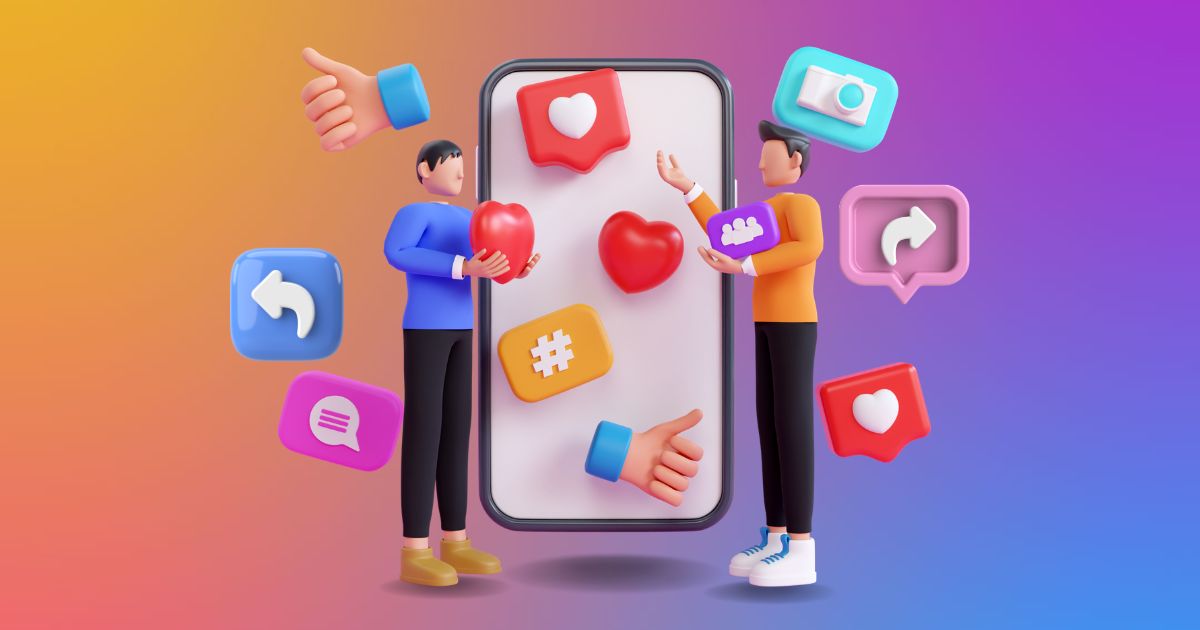
Have you ever answered an online quiz to find out what travel destination you are or what ice cream flavor best describes your personality?
If you answered yes, then you’ve experienced the power of interactive marketing. The brand behind those interactive quizzes encouraged you to participate in the content and immerse yourself in the brand’s story. But what exactly is interactive marketing, and how can you use it to expand brand reach and foster loyalty?
In this article, we’ll discuss:
- What is interactive marketing?
- Why is interactive marketing effective?
- What are examples of interactive marketing?
- How Can I Make My Interactive Marketing Campaign Effective?
So buckle up and get ready to supercharge your brand’s interactive marketing strategies.
What is interactive marketing?
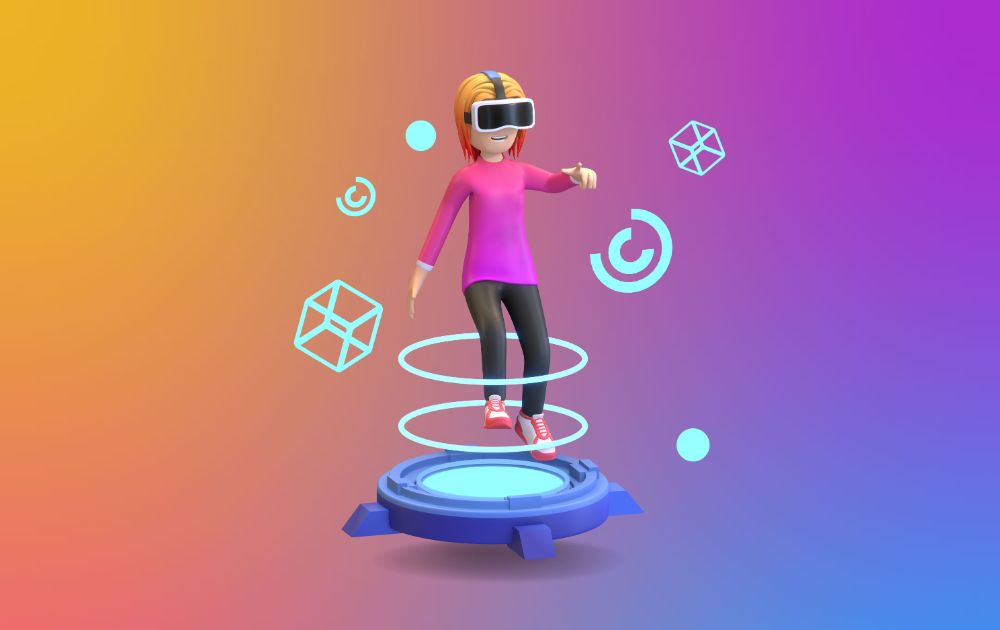
Interactive marketing is a marketing tactic that actively involves the audience in the promotional process. This involvement may be participation in the content or engagement with the brand.
To appreciate the dynamism of interactive marketing, let’s look at traditional marketing tactics. Old-school marketing involves one-way communication through print ads, broadcast marketing, or digital media. That means producing a message and leaving the audience to do whatever they want to do with that message.
Interactive marketing, on the other hand, aims to build a dynamic and personalized experience for the target audience. By leveraging visual storytelling tools, interactive techniques, and platforms, brands create memorable experiences that make the brand much more memorable.
Some of the most common forms of interactive marketing are:
- Interactive websites
- Gamified experiences
- Quizzes
- Polls
- Contests
- Augmented reality (AR) and virtual reality (VR) applications
- Personalized content
PRO TIP: Here at Penji, we’ve seen many of our clients request graphic designs for the marketing forms mentioned above. They know just how crucial visual assets are to catch the audience’s attention and have them engage with the content.
Why is interactive marketing effective?
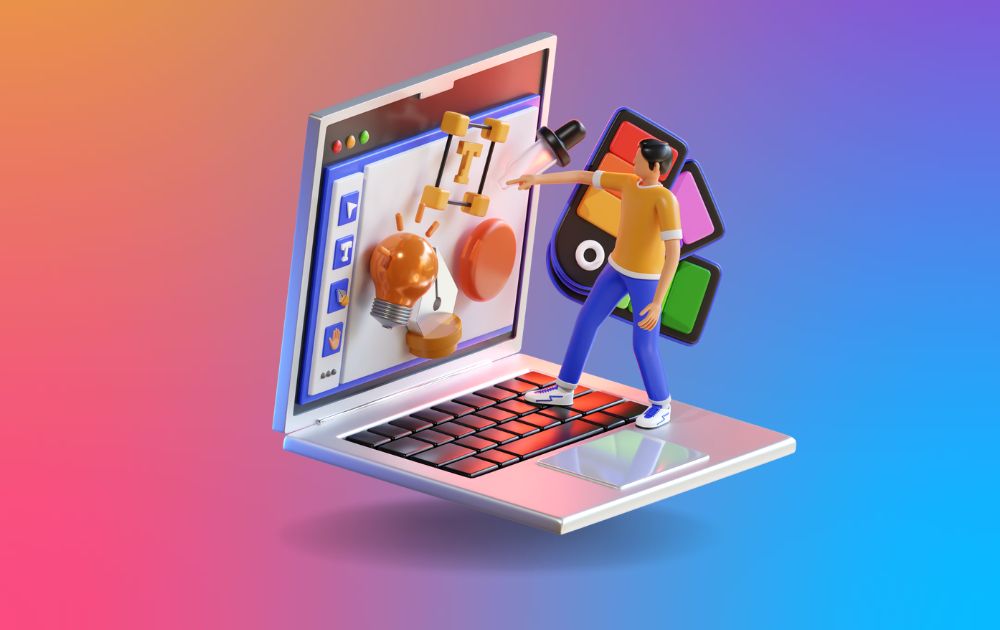
Here are the benefits of interactive marketing:
- Engagement. This marketing tactic actively involves the audience and encourages them to participate. It creates a two-way communication channel, allowing consumers to interact with the brand or product. This engagement fosters a deeper connection and builds a sense of involvement, increasing attention and interest.
- Personalization. It enables customization, tailoring the experience to individual preferences and needs. By collecting user data and using interactive elements like quizzes, surveys, or interactive ads, marketers can deliver targeted content and offers. This personalization enhances brand relevance and resonates with consumers, increasing the chances of conversion.
- Memorable experiences. Marketers can make the brand or product more memorable and enjoyable by utilizing interactive elements such as gamification, virtual reality, augmented reality, or interactive videos. These experiences leave a lasting impression, improving brand recall and fostering positive associations.
- Data collection and insights. Marketers can gather data on user interactions, responses, and choices through interactive campaigns. This data can be used to refine marketing strategies, improve targeting, and create more effective campaigns in the future.
- Viral potential. People with a positive or engaging experience are more inclined to share it with their networks, leading to increased brand exposure and organic reach. The interactive nature of the content encourages social sharing and word-of-mouth marketing.
Offering interactive experiences allows brands to differentiate themselves from competitors and position themselves as forward-thinking and customer-centric.
What are examples of interactive marketing?
Here are some awesome interactive marketing examples:
- Virtual Try On (Lancôme). Lancôme’s virtual try-on for makeup leverages interactive marketing to engage with consumers and enhance their shopping experience.BUsers can upload a photo or use the camera on their device to see how different products would look on their face. This level of personalization enhances the relevance of the products and helps customers make more informed decisions.
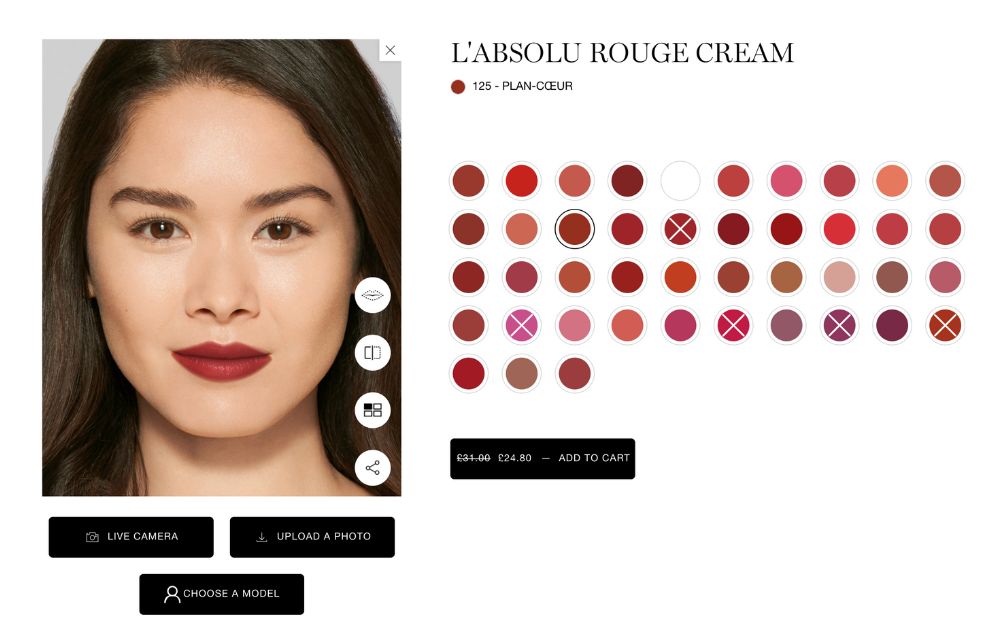
- Online Health Calculator (Life Fitness). Life Fitness’ BMI, calorie burn, target heart rate, and metabolism calculators show the brand’s commitment to providing value-added tools for customers to track and improve their fitness journey. The interactive nature of these calculators encourages customers to actively participate and learn about their own fitness and health metrics. These also empower users to make informed decisions and set achievable goals.
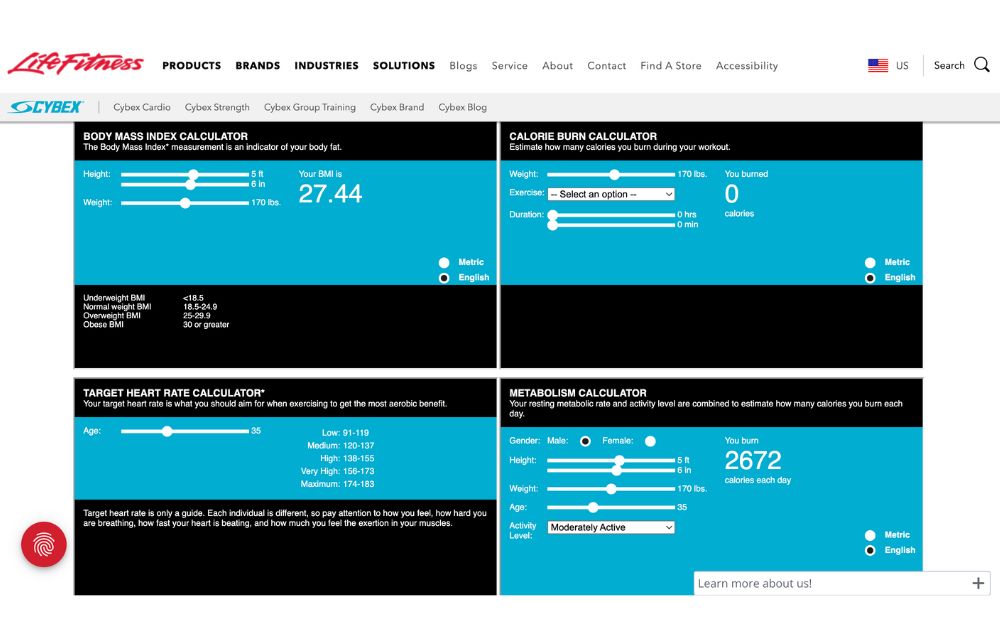
- Interactive Conversation Tool (Hubspot). Hubspot’s interactive conversation tool enables businesses to engage with their website visitors, leads, and customers in real time through live chat, chatbots, and other interactive messaging channels. It allows for segmenting visitors, enabling businesses to tailor messages, offers, and recommendations based on their specific needs and interests. The automation saves time for businesses and ensures consistent and prompt customer support.
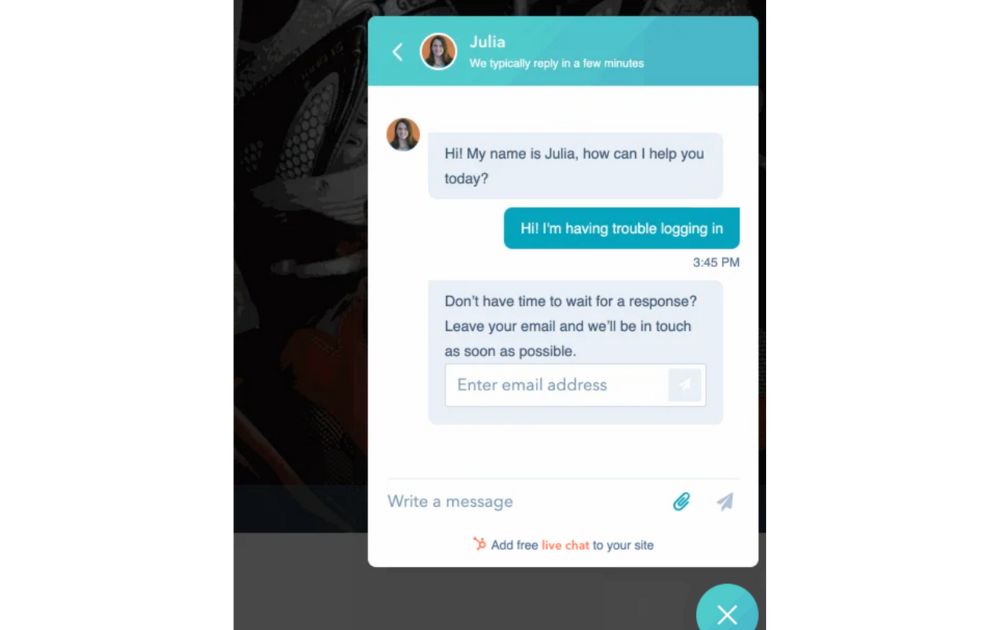
- Matchmaker Quiz (Orbitz). Orbitz’ destination matchmaker quizzes help customers discover their ideal travel destinations. By asking questions about their preferences, budget, interests, and travel goals, the quiz generates personalized destination recommendations. This approach engages users, helps them explore various options, and assists in narrowing down their choices. Users who find the quiz interesting or entertaining are more likely to share their results. As a result, the quizzes’ virality potential can generate organic reach and brand exposure.
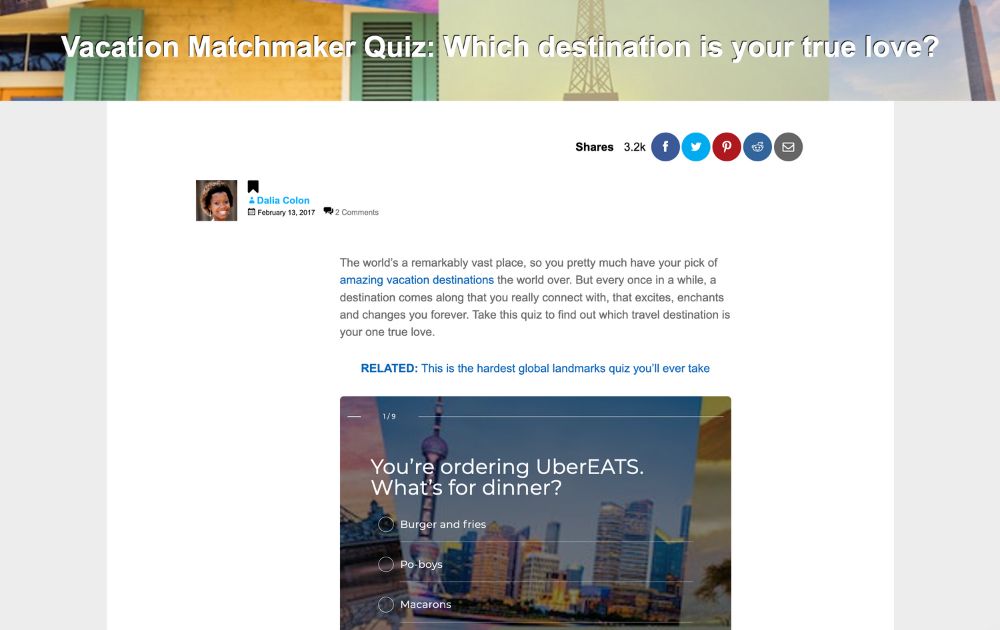
- Personalized Infographic (Marriot). Interactive infographics allow Marriot to tell a compelling and visually appealing story about the family-friendly attractions and activities in Scottsdale. This visual approach makes the content more engaging and digestible for the audience.
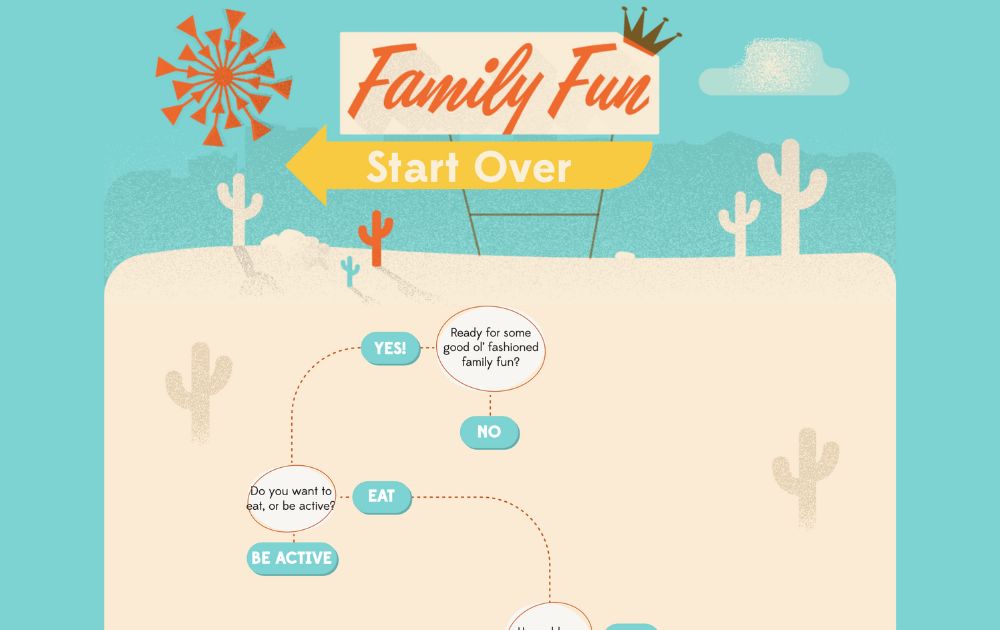
How Can I Make My Interactive Marketing Campaign Effective?
Here are a few interactive marketing strategy tips to help you make the most out of your campaign:
- Understand your target audience. Start deeply understanding your target audience’s preferences, behaviors, and needs. This knowledge will help you design interactive experiences that resonate with them.
- Choose the right interactive channels. What interactive channels will your audience most likely enjoy? Use it to reach your target audience. This could include social media platforms, websites, mobile apps, email marketing, chatbots, or virtual reality experiences.
- Provide value and solve problems. Ensure that your interactive content or experiences provide genuine value to your audience. Whether it’s educational information, entertainment, or solving a specific problem, delivering value builds trust and engagement.
- Make it visually stunning. Good graphic design catches the viewer’s attention, creates a positive first impression, and encourages them to engage further. In addition, it can make your interactive elements more enticing and memorable. Have your visual assets designed by professional graphic designers for maximum impact.
About the author

Carla Deña
Carla is a journalist and content writer who produces stories for both digital and legacy media. She is passionate about creativity, innovation, and helping small businesses explore solutions that drive growth and social impact.










